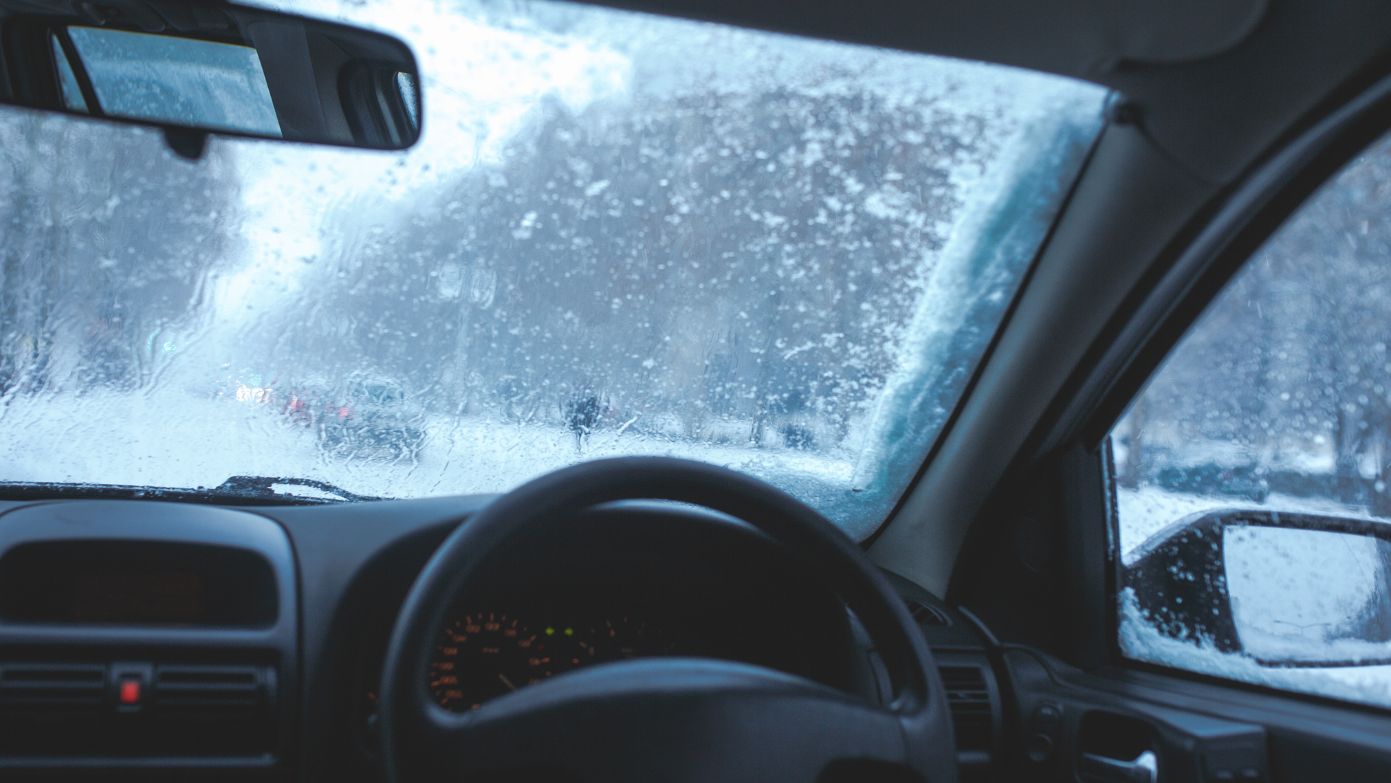Motoring
November 18, 2025
Cold Weather Checklist for Your Car or Van

Get winter-ready before the first frost. This check list covers the essential maintenance, safety, and legal requirements for UK roads.
Pre-winter checks
1) Battery
- Cold strains batteries. If yours is 3–5 years old or cranking slowly, get it tested and consider a replacement.
2) Tyres
- The legal minimum tread depth in the UK is 1.6 mm across the central ¾ of the tyre. In winter, it’s always a good idea to have more tread depth for better grip; around 3 mm can offer noticeably better traction and shorter stopping distances.
- Check pressures when tyres are cold. Most cars have a sensor, but a manual check will be more accurate.
3) Fluids
- Coolant/antifreeze: Top up to the correct mix (check the handbook). Only open the cap when the engine is cold.
- Oil: Keep between min and max. Use the grade in your handbook. It's handy to have a bottle at all times.
- Screenwash: Use a winter formula that won’t freeze and keep it topped up. Avoid mixing different screenwash products, as this can clog the system if they react.
4) Wipers, lights, and visibility
- Replace split or streaky wiper blades.
- Clean all the lights and the number plate.
5) Brakes
- If you notice pulling, squealing, or vibration, book an inspection.
6) Routine servicing
- If your service or MOT is due soon, do it before deep winter. Fresh fluids and a once-over now can prevent a breakdown later.
On-the-day routine
- Check the forecast and traffic before you leave. If severe weather is likely, consider delaying the trip.
- Clear everything: De-ice and demist all windows and mirrors. Brush snow off the roof, bonnet, lights, and number plate.
- Warm the cabin properly from inside the vehicle. Don’t leave it idling unattended on a public road.
Safe driving tips
- Slow, smooth, steady. Avoid harsh steering, braking, or acceleration.
- Increase your following distance. Leave a much bigger gap; stopping distances can be many times longer on ice and snow. Remember, ice may not always be visible.
- If you skid: Ease off the accelerator and steer into the skid. Don’t slam the brakes.
- Low sun glare: Keep the inside of the windscreen clean and carry sunglasses.
Winter kit to keep in the vehicle
Pack a small box or bag for the boot:
- Ice scraper or de-icer.
- Warm coat, gloves, hat, and a blanket.
- Sturdy footwear.
- Hi-vis vest and a torch.
- Jump leads (and/or a power bank).
- Shovel (a folding one is ideal).
- Warning triangle (not for use on motorways).
- First-aid kit.
- Snacks and water.
- Tow rope, sunglasses.
Legal must-knows (UK)
- Windscreen and windows: You must have full, clear vision before you drive. Fully de-ice/demist glass and clear mirrors.
- Lights and number plate: Keep them clean and visible.
- Snow on the roof: Clear it so it can’t slide onto your windscreen or fall into the path of others.
- Screenwash: Keep it topped with effective fluid so you can clear the screen while driving.
- Tyres: Below 1.6 mm tread is illegal. Replace worn tyres early, especially in winter.
For the official guidance, see the Highway Code.
Clock change reminder (UK)
- The clocks change twice a year: forward 1 hour in spring (last Sunday of March) and back 1 hour in autumn (last Sunday of October).
- Having the right time helps you plan daylight, avoid time-restricted parking or roads, and reduces confusion while on the road.
Useful links
Official and trusted guidance (external):
- Highway Code: adverse weather
- Met Office: driving in snow and ice
- National Highways: winter driving advice
- RAC: winter driving tips
- TyreSafe: winter tyres & cold-weather checks
About our specialist car and van insurance cover
Winter is unpredictable, even when you prepare well. If your driving history makes cover tricky, we can help.
We provide car and van insurance for drivers with previous motoring convictions, previous claims, or a low no-claims bonus. We've Got You Covered.
Our latest articles.
The latest news and advice from our industry experts.





